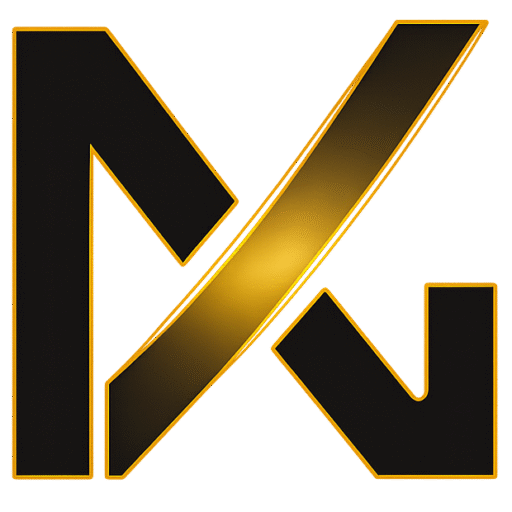How to Choose the Best AI Tool for Your Needs in 2025
Cut through the noise with a practical, 5-step framework to pick the right AI tools — faster, cheaper, and with confidence.
AI tools are everywhere, and in 2025 the landscape is exploding. From productivity boosters to creative assistants, there’s an AI tool for almost everything. But how do you choose the right one? This guide helps you navigate the jungle of options — whether you’re an entrepreneur, student, or hobbyist. We’ll share practical tips and insights to help you find the perfect AI tool that fits your goals.
Why AI Tools Are Essential in 2025
AI is transforming how we work and create. According to industry analyses, a majority of professionals now use AI for tasks like text generation, data analysis, or automation. With so many choices — from ChatGPT to Midjourney or Notion AI — clarity matters.
- Save Time: Automate repetitive tasks such as email triage or content drafts.
- Accessibility: Many tools are user-friendly, even without a technical background.
- Cost Efficiency: Free or affordable tiers deliver serious power for small budgets.
5 Practical Steps to Choose the Best AI Tool
1) Define Your Goal
What do you want to achieve? Pick one primary outcome (e.g., “Write blog posts faster”). Then shortlist tools that align with it.
- Productivity: ClickUp AI, Grammarly
- Creativity: MidJourney, DALL·E
- Analytics: Tableau, Google Analytics
2) Check the Learning Curve
Not every tool is beginner-friendly. Do you have time to learn a complex tool like Adobe Firefly? Or do you want to get going immediately with Canva AI? Browse a few YouTube tutorials or reviews to gauge usability.
3) Compare Pricing & Features
Most platforms offer free tiers, but premium features can be worth it. Sanity-check:
| Tool | Free Tier | Highlights |
|---|---|---|
| ChatGPT | Yes | Plus plan unlocks GPT-4o |
| Notion AI | Limited | Inline writing + wiki context |
| ClickUp AI | Trial | Workflow + docs + tasks |
Pro tip: use side-by-side comparison tables (like our upcoming AI Tool Comparison Chart) to decide faster.
4) Test the Tool
Use free trials or starter tiers. Ship a small task (e.g., one LinkedIn post), then check speed, quality, and fit. Ask a colleague or friend for a second opinion if you’re unsure.
5) Check the Roadmap
AI evolves fast. Prefer products with visible updates (blogs, changelogs, X/Twitter). Platforms like NarroX.ai are building forward-looking features — join the waitlist for early access.
What to Expect from AI in 2026
- Smarter Personalization — tools adapting to your style and workflows.
- Deeper Daily Integration — from home devices to health apps.
- Trustworthy AI — more transparency and privacy-first design.
- More Affordable Pro Tools — competition pushes prices down.
- Hyper-real Creative AI — next-gen video, audio, and 3D (e.g., Runway and Stable Diffusion updates).
Choose tools that are future-ready now — it prevents painful migrations later.
Common Mistakes
- Trying too many tools — limit to 2–3 serious contenders.
- Choosing only by price — cheap can be costly in lost features.
- Ignoring updates — stagnation kills ROI.
FAQ
Get Early Access to NarroX
Be first to try curated tool picks, side-by-side comparisons, and ethical AI workflows.
Follow NarroX







